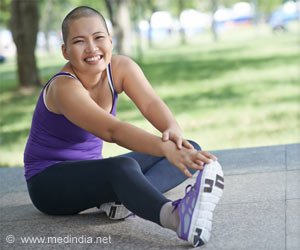A handful of American farms are busily force-feeding ducks to satisfy growing appetites for the luxury liver pate even as the debate grows on whether foie gras is deliciously decadent

Together they produce 300 tons a year, five times more than output 30 years ago, although, even including 130 tons from Canada, it is a pittance compared to the 19,000 ton annual French avalanche of foie gras.
It's a common misconception that the United States bars sales of foie gras. However, imports of the fresh version are not allowed and other imported tinned pates are subjected to stringent sterilization procedures that gourmets find takes away the best of the taste.
Bans have also been erected against the fatty, festive food, notably for two years in Chicago until 2008, and in California until 2012. Hawaii is considering such a measure and elsewhere around the globe the delicacy is often restricted, such as production bans in Britain and Italy.
France is the only real bastion of the dish, which begins with "le gavage," when a metal tube is forced down the throats of ducks and geese so that they can be force fed until their livers expand up to 10 times the normal size and become ready to be turned into the lucrative pate.
Paul Schapiro, director of the anti-factory farming campaign at the Humane Society of the United States, says the practice is not just cruel but disgusting.
Advertisement
"I mean most people wouldn't want to eat any part of a diseased animal, yet with the case of foie gras, people are eating the diseased organ itself."
Advertisement
"Gavage of geese and ducks dates back 5,000 years. The Egyptians and Tutankhamen did it," she said. "Wild ducks naturally accumulate calories in their liver before they head off on migration."
Daguin, who arrived in the United States from France in 1977, comes from a family with long restaurant roots and in 1985 founded the company D'Artagnan. Two and a half decades later it is a leading supplier of delicacies like foie gras and truffles, with 50 million dollars turnover.
But that success hasn't made things easy when it comes to duck and goose livers. "It's a permanent battle. I have been supported by a wave of dynamic young chefs who want cuisine to evolve, but the heat is always on," she said.
Izzy Yanay, who owns Hudson Valley, talks of ill-wishers daily telling him to go "Hellfire."
Farmers and distributors contribute a dollar for each pound of foie gras sold into a fund for legal defense and lobbying.
They've notched up some victories. The American Veterinary Association has inspected the farms and given "gavage" a clean bill of health.
"We have had success in Maine, Massachusetts, New York, Chicago and elsewhere, but we are not letting down our guard," Daguin said.
Source-AFP









